PPT-Ohio Criminal Recodification Committee
Author : briana-ranney | Published Date : 2017-10-06
October 13 2016 Phillip Nunes Chief Operating Officer Alvis Inc Member of Recodification Committee Ohio Criminal Justice Recodification Committee Amended Ohio
Presentation Embed Code
Download Presentation
Download Presentation The PPT/PDF document "Ohio Criminal Recodification Committee" is the property of its rightful owner. Permission is granted to download and print the materials on this website for personal, non-commercial use only, and to display it on your personal computer provided you do not modify the materials and that you retain all copyright notices contained in the materials. By downloading content from our website, you accept the terms of this agreement.
Ohio Criminal Recodification Committee: Transcript
Download Rules Of Document
"Ohio Criminal Recodification Committee"The content belongs to its owner. You may download and print it for personal use, without modification, and keep all copyright notices. By downloading, you agree to these terms.
Related Documents

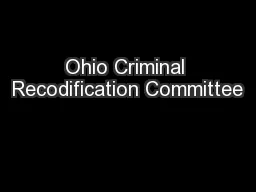


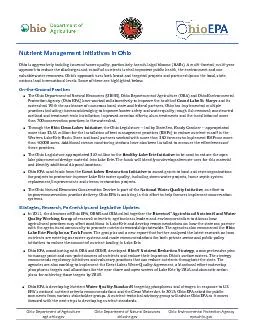

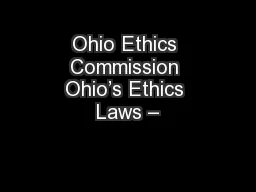
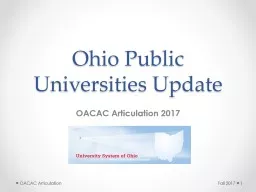
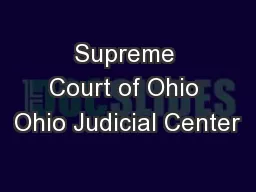

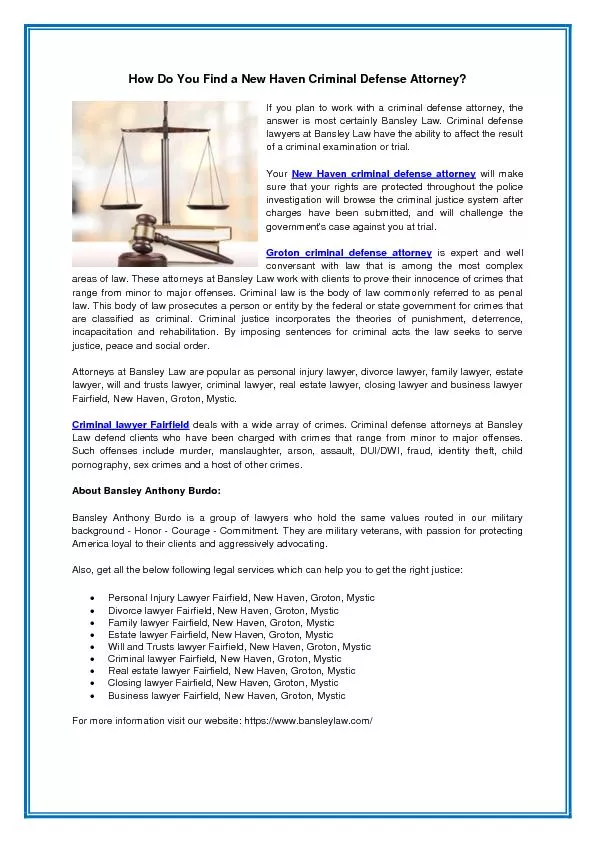

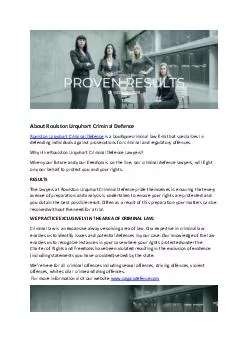
![[Cite as Lonero v. Lebanon Cor. Inst., 2009-Ohio-6359.]The Ohio Judici](https://thumbs.docslides.com/823646/cite-as-lonero-v-lebanon-cor-inst-2009-ohio-6359-the-ohio-judici.jpg)
